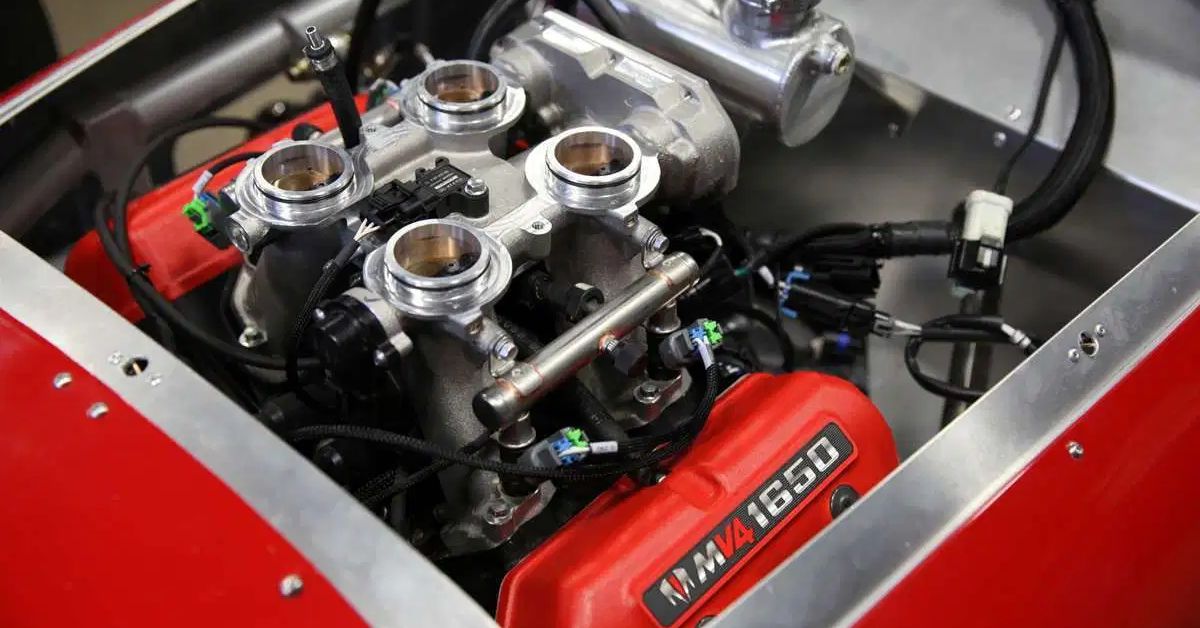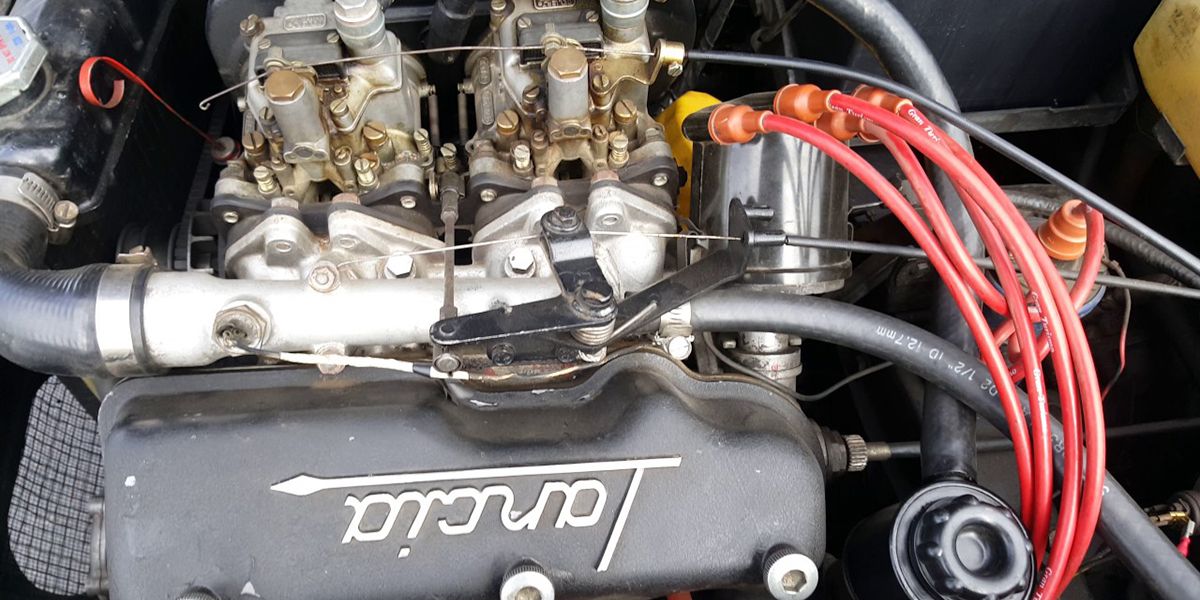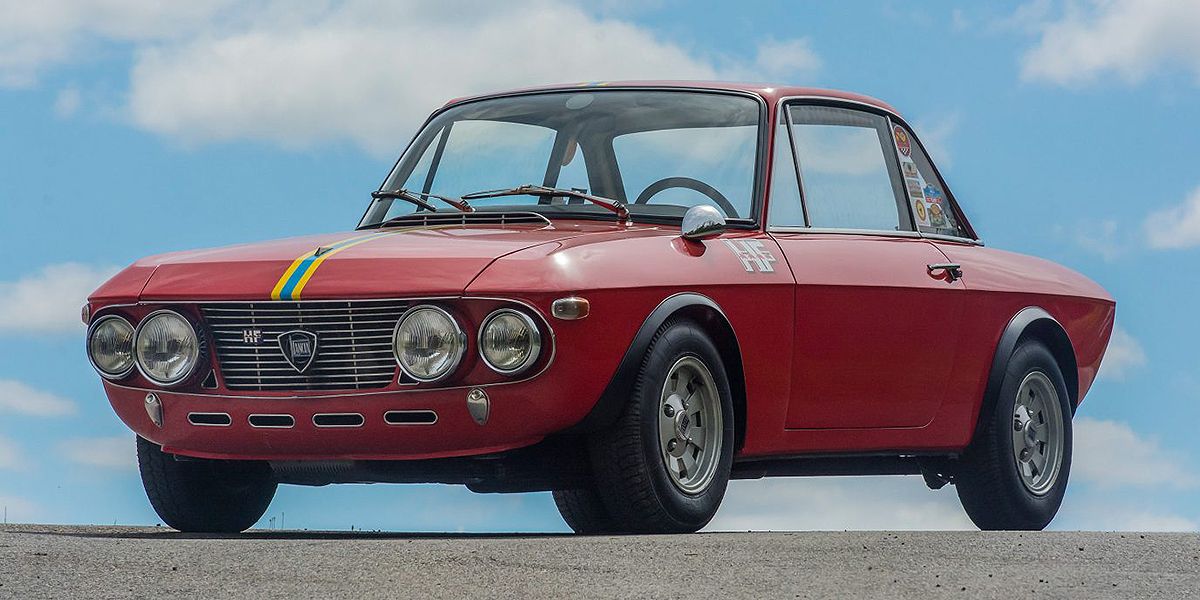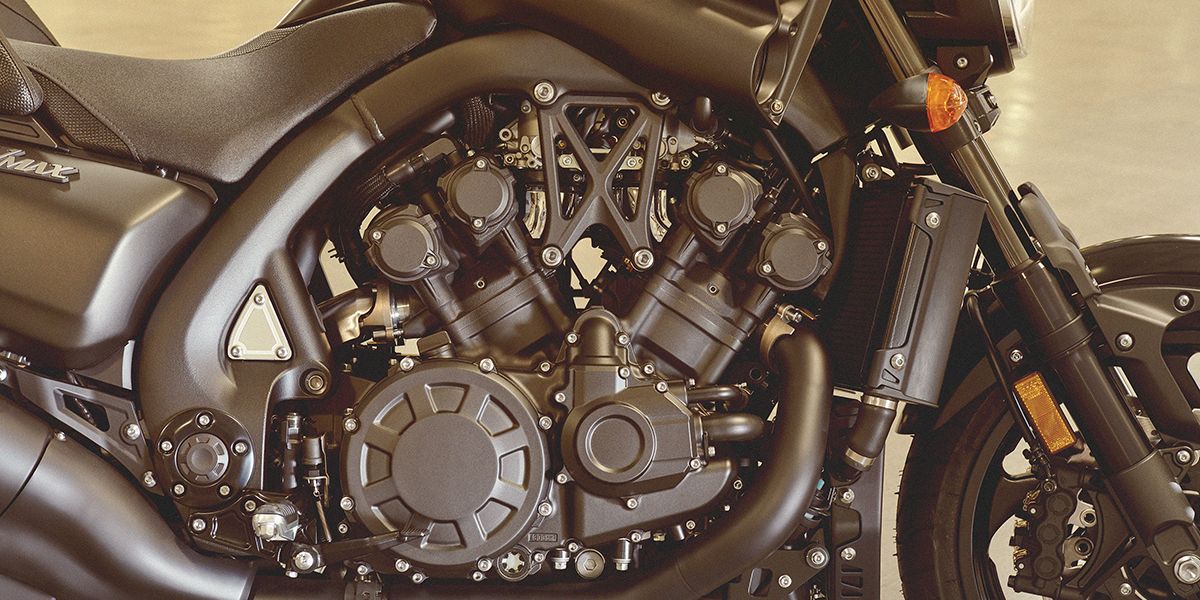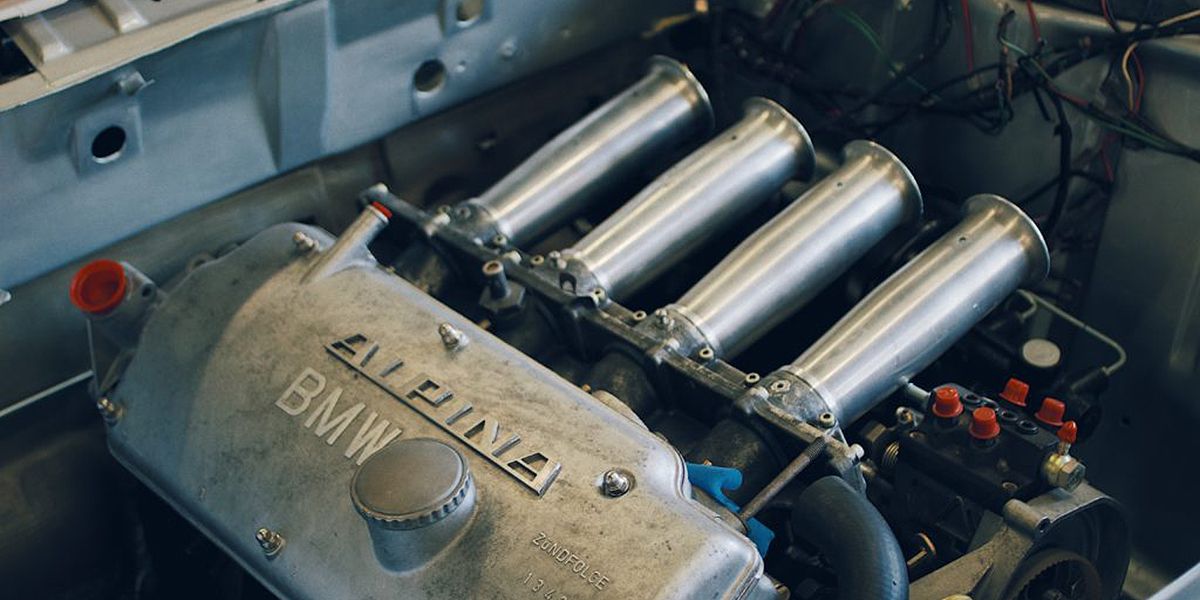Many a time, car owners end up referring to their four-cylinder engines as V4 engines, even though the commoner configuration is an inline-four. V4 engines are pretty rare; not just today but in the history of automobiles. We’ll delve into the reasons below, but the fact remains, V4 engines are not just dead (in cars, that is) but have been deceased for a while. They went rarer in the post-WWII world with just a few Ford engines that were supplied to Saab, a whole slew of Lancia cars ending with Fulvia, and in a few more European cars.
V4 engines were far more popular in motorcycles and were used in Ducati, Yamaha, Hondas, and even the Aprilia RSV4, simply because there the compact size made them perfect for a motorcycle chassis.
So when someone says their car has a V4, here’s some information you can hit them back with to bring them right on track…
Were V4s Any Good?
There was a reason Saab happily took on Ford’s V4 engines, and that’s because the tiny hoods of the Saab cars needed tiny engines, and the V4 perfectly fit into the, well, niche. They may be a bit wider than the traditional inline or flat-fours, but because they are stiff and small, they work for small and nimble cars.
The V4 also does not create many vibrations so ends up being a perfectly balanced engine because the 90-degree space cylinder bank helps in canceling the primary forces generated by the opposite ends. So they are decent engines with decent power.
Even so, when car experts list out the best four-cylinder engines, V4s don't figure in. They never really caught on, and while car owners may erroneously think that their four-cylinder engine is a V4, 99.9% of the times, it isn't.
Why Wasn’t V4 That Popular?
What was so problematic about the V4 that not many were made?
To begin with, a V4 is somewhat complicated, and with complications, the expenses go sky high. Meaning developing a V4 and then building it with two cylinder heads, double exhaust manifolds, and valvetrains as well as double the camshafts (as opposed to an inline-four) was not only problematic but very expensive. Inline-fours would give the same performance, so the cost of a V4 often came onto the customer, who did not like the idea one bit.
One of the first brands to start using V4 was the Lancia, and the first car it put its V4 in was the Lambda. But Lancia managed to think out of the box and made an engine with the V at a very acute angle of 12 degrees, thus needing only one cylinder head.
That said; any V4 at an acute angle, aka less than 90 degrees, also needs a balancing shaft, and therein lies the problem and further expense.
Nonetheless, Lancia managed to put its V4 in a whole slew of its cars: Artena, Augusta, Aprilia, Ardea, Appia, and finally, the Fulvia.
Ford Europe also dabbled in V4 engines, coming up with two different ones: the German one was the Taunus V4 and the British one became the Essex V4. The latter was heavily used by Saab because of its compact size, though the former went into German Fords like the Taunus, Capri, and even the Granada and the Transit.
A Porsche Le Mans prototype called the Porsche 919 Hybrid also used a V4 and the last of these engines were found in Beetle-like cars in Ukraine called the ZAZ Zaporozhets, and apparently Vladimir Putin still has one around.
It Caught On In Motorcycles
The same issue that made a V4 problematic for cars made it a hit with motorcycles. When it comes to a high-end sportbike that needs to keep its size and weight in control and has to be fit with ultimate power, a V4 is just about perfect.
This is the reason why the Yamaha VMax did a complete engine redesign, launching a brand new V4 for its longstanding motorcycle.
The Final Say: V4 Vs. Inline-Four
Safe to say, the V4 has major advantages over the inline-four, being more compact. Also, it makes for better servicing because the cylinder heads are upright rather than lying flat. Displacements and power for both remain in the same ballpark.
That said; the higher costs associated with a V4 along with it having a higher center of gravity made it an unpopular choice for cars from then, to now. Since they were always rare back in the day, the V4 remains an elusive beast to date.
Sources: DriveTribe, Visordown

